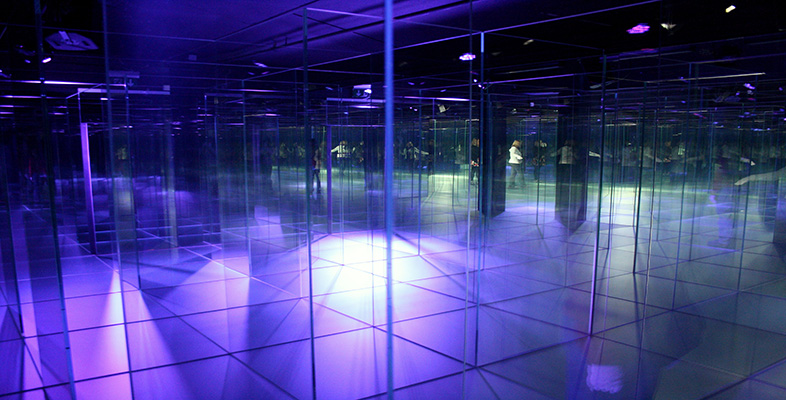7.2.2 Trap 2: the impoverished rich picture
A distinguishing feature of rich pictures that turn out to be useful seems to be they are just what they say they are, rich. If I take usefulness as the criterion, the useful rich pictures are the ones bursting with interest and activity. They don't seem to tell a single story, there are lots of stories going on simultaneously. They reveal stories you didn't consciously build into them.
How is such a rich picture to be achieved?
Use everything you find in the situation. This means incorporate everything you know about the situation. Either put things into the picture as you re-read the description; or make lists of the protagonists, the organisations, the structures, and then put them into the picture. Include people as well as the roles they inhabit.
Indicate the connections. Where the structural entities you listed above have connections and relationships between them, indicate what they are. There are all sorts of ways of doing this, especially if you ask yourself about the nature of the connection. You could use physical proximity (or distance) or representations of the nature of the connection (hearts, daggers drawn, telephones, deafness, walls of silence). Lots of people quite unconsciously use visual metaphors in their everyday language. (‘Every so often they drop a bombshell on this department.’ ‘We're swamped with memos.’ ‘We're drowning in paperwork.’) Talk to yourself about the situation and you may pick up clues about how to represent features of the situation. Arrows and lines tend to be less useful but they're not forbidden. Don't force the images, use the ones that seem to come naturally. There is no library of approved symbols.
Use all the geographical locations, if this is relevant.
Use all the processes. Include all the changes, and activities. Include impressions as well as reported facts.
Some people use computer clip-art to draw rich pictures. It rarely works in my view. Some essential quality seems to be missing. This quality might be ownership or engagement or it may be the very act of sitting at a computer keeps the activity at a rational level – it does not allow for the impressions and half-formed awareness to express themselves through the act of making marks directly on to paper.
The check for avoiding the impoverishment trap is to ask:
Have I included everything I know about the situation in my representation of it?
